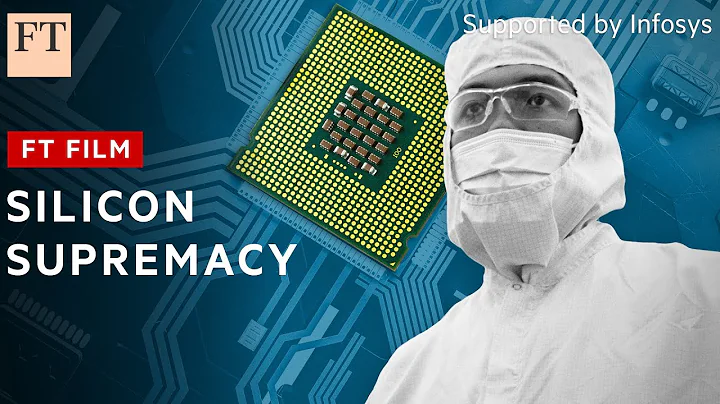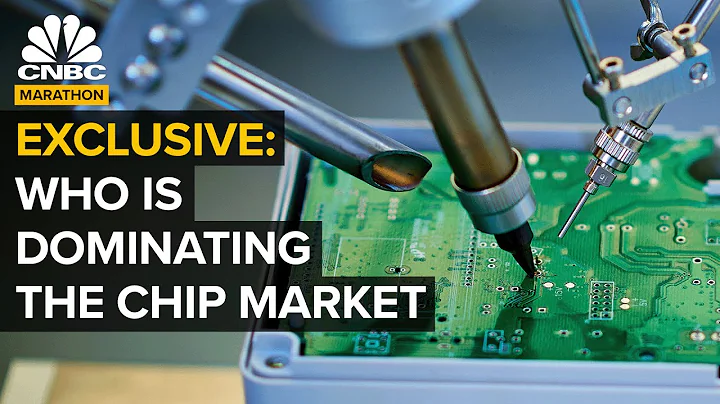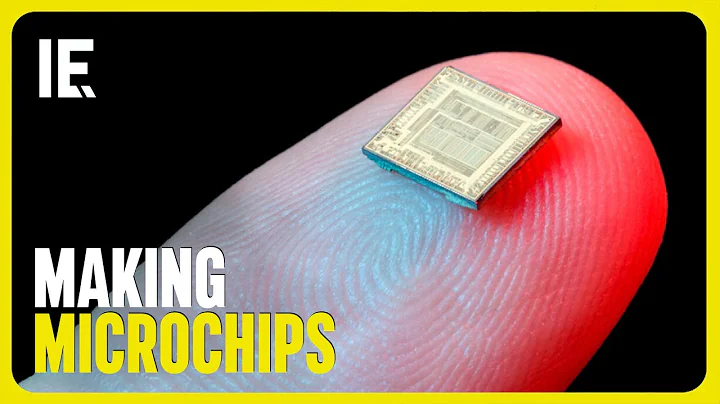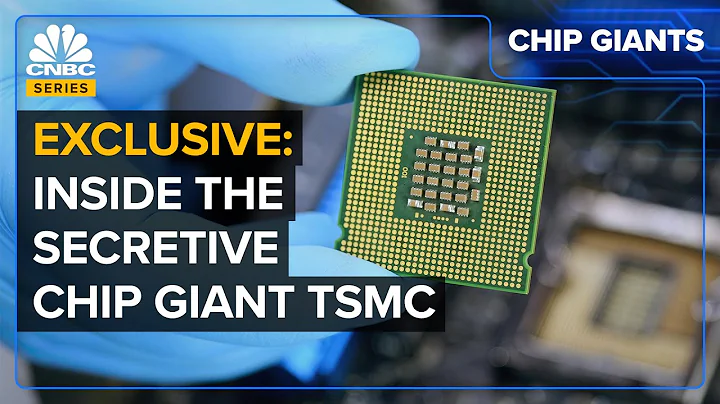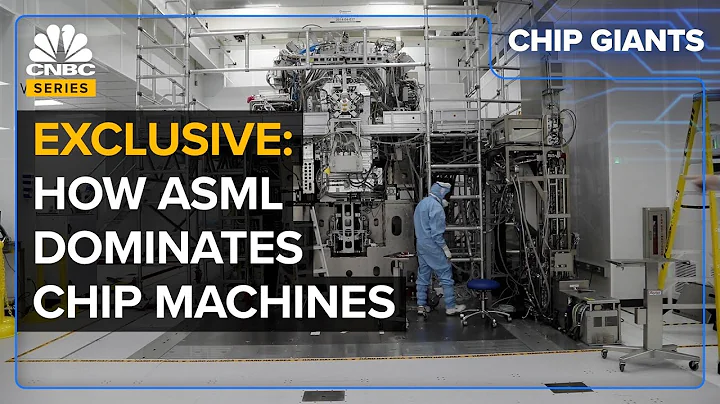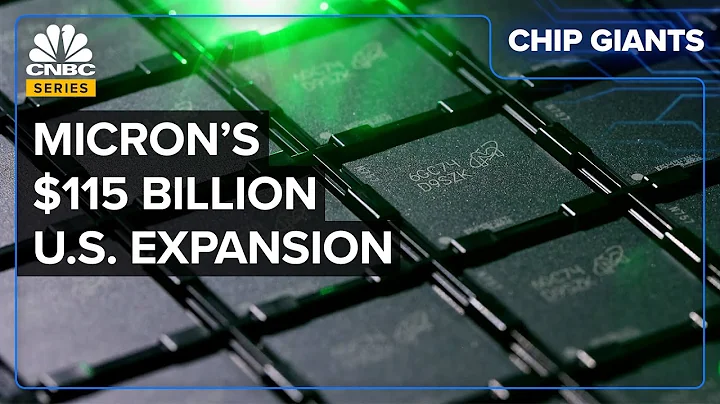According to TSMC’s data, in 2021, mature processes above 28nm will account for only about 25% of all TSMC’s revenue, and the remaining 75% will be contributed by processes 28nm and below.
As shown in the figure below, 5nm contributed 19%, 7nm contributed 31%, and these two most advanced processes alone contributed 50%, while 16nm contributed 14% and 28nm contributed 11%.

It can be seen that although 4nm, 5nm, and 7nm are the most advanced chip processes at present, there are also a large number of 65nm, 45nm, 90nm...250nm chips. Mature processes such as
have very high yields and low costs. In addition, the threshold is also low. Most wafer and factories can produce them. The competition is very fierce and everyone’s prices are low, so these processes are naturally the same. is here to stay.

However, these chip manufacturers stick to mature processes, which is not a good thing for wafer factories, especially wafer factories like TSMC. After all, TSMC is constantly promoting the advancement of technology and only wants manufacturers to use the most advanced technology. Craftsmanship.
Because these processes have higher profit margins, TSMC also has the most advantage. Therefore, TSMC recently stated that it will no longer expand its production capacity for 40nm and above processes. TSMC plans to slowly adjust its 40nm and above process production capacity to the 28nn process, and then increase its 28nm production capacity by another 50%.

For this reason, TSMC also called on customers to stop producing processes such as 65nm and 40nm, and quickly switch to processes such as 28nm and 22nm, and TSMC will actively help them transfer.
In order to dispel customers' concerns, TSMC stated that although the 28nm process is more expensive than 40nm and 65nm, due to the use of larger wafers, that is, 12-inch wafers, the wafer utilization rate is higher, which dilutes the cost. , calculated not to be much more expensive than 65nm, 40nm, etc.
I don’t know what everyone thinks about this? In fact, except for TSMC, many wafer factories currently use 40nm and above processes. For example, the proportion of and UMC is as high as 80%, and the proportion of SMIC's 40nm and above processes is 81.4%.
If chip manufacturers all upgrade their processes to 28nm, TSMC’s advantage will become greater and greater, leaving less share for other fabs. TSMC’s move is quite powerful.
